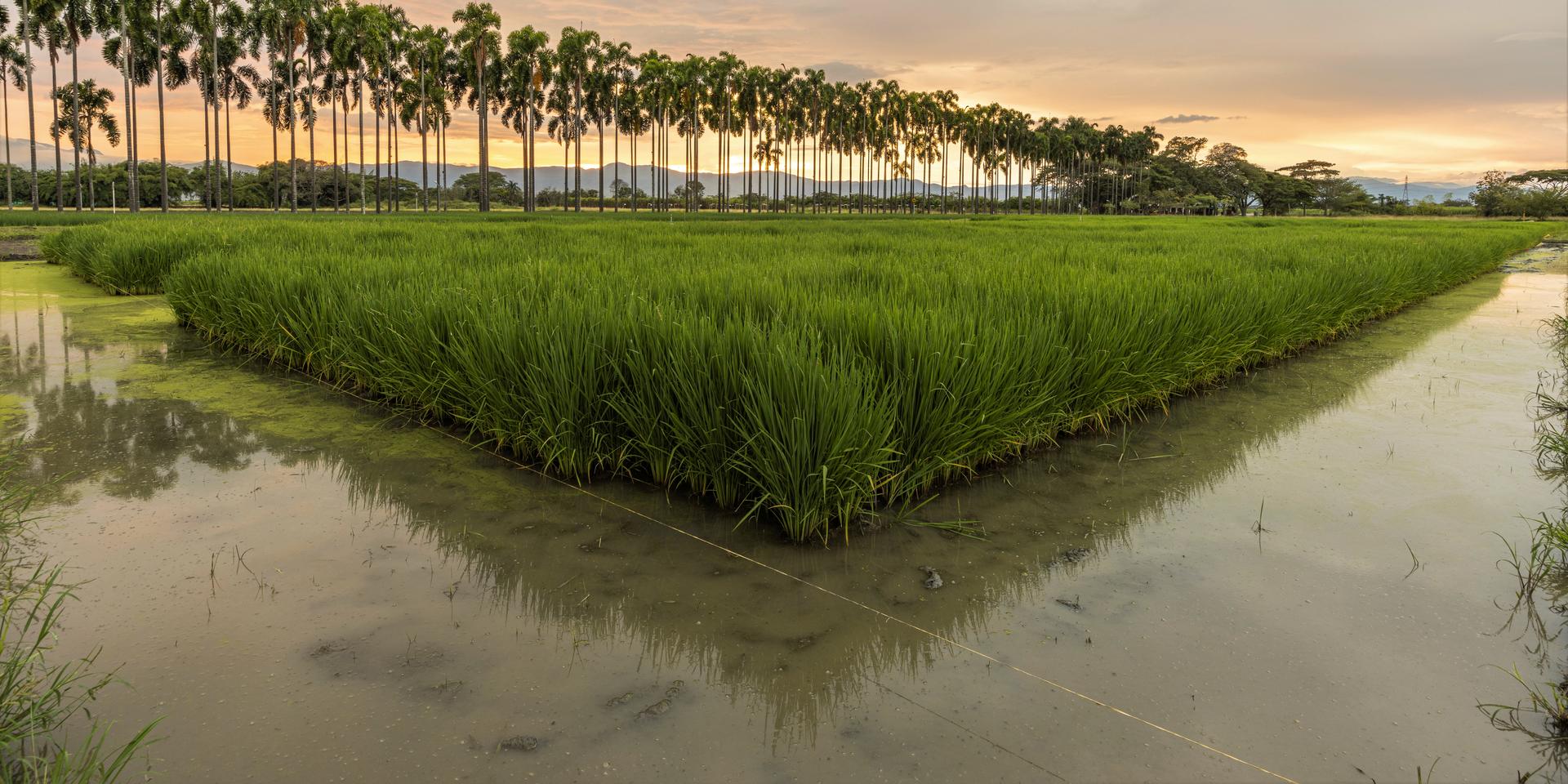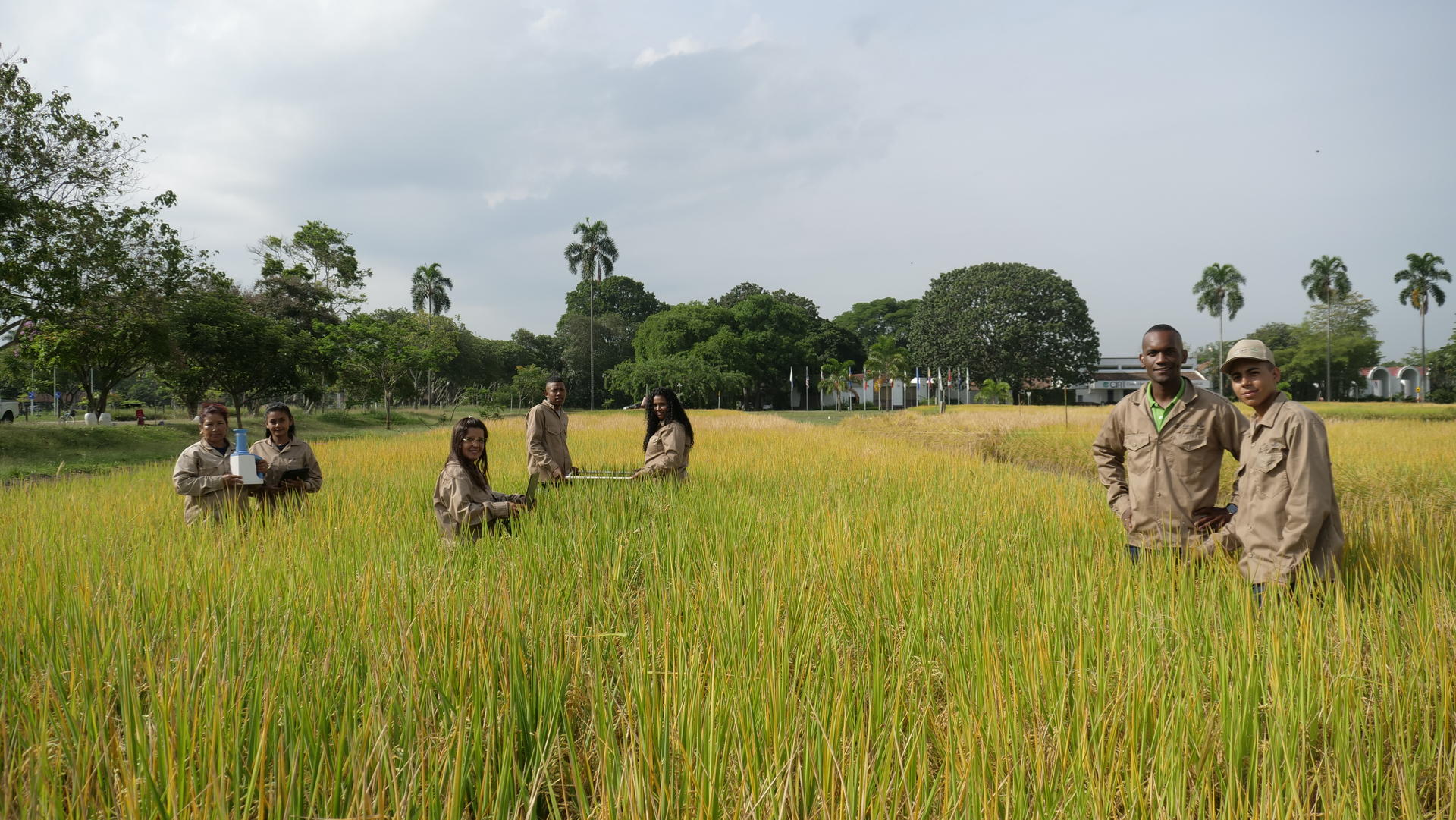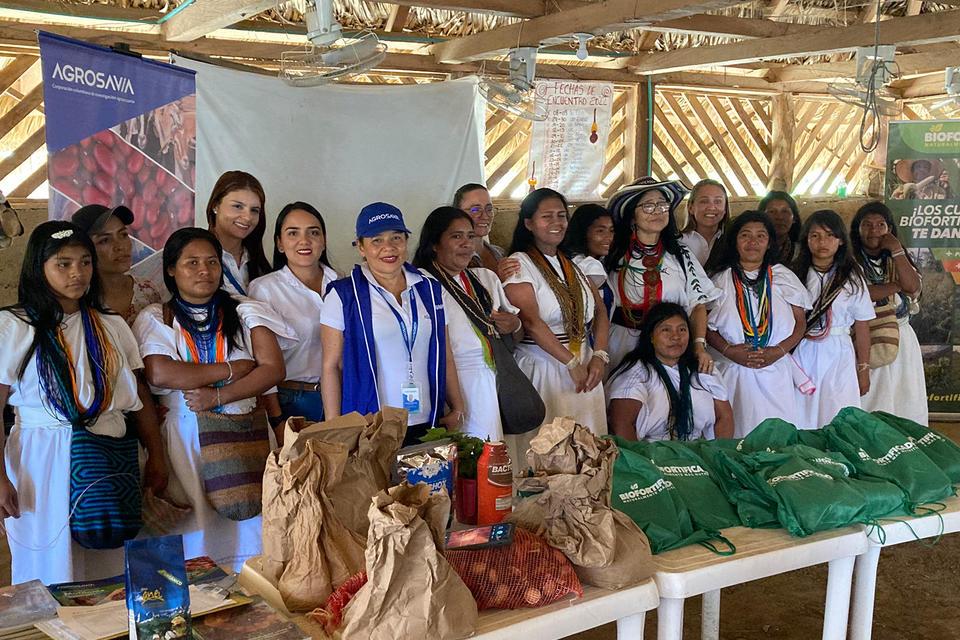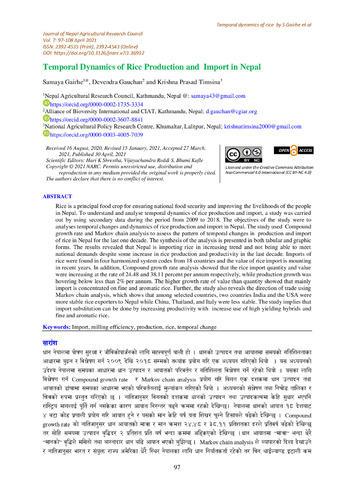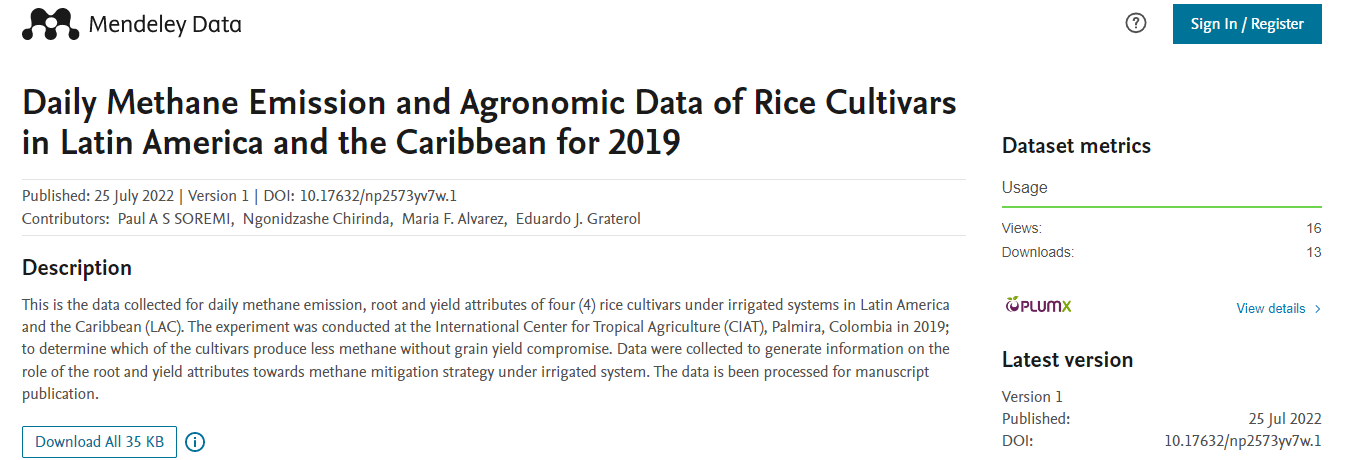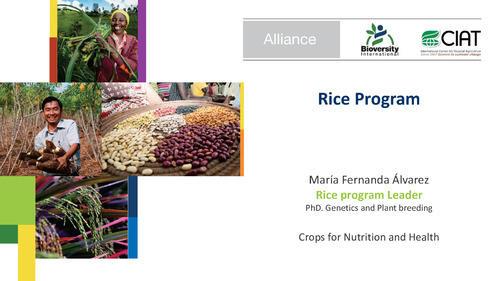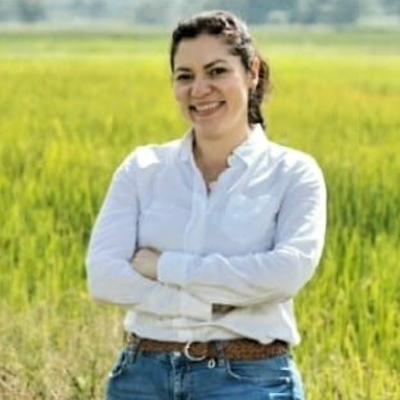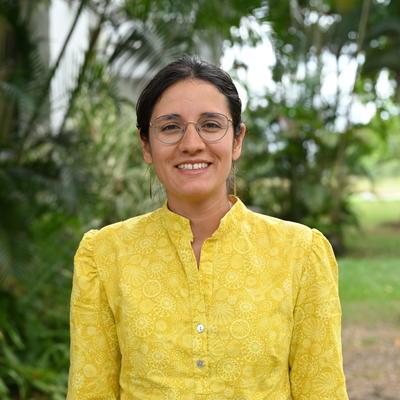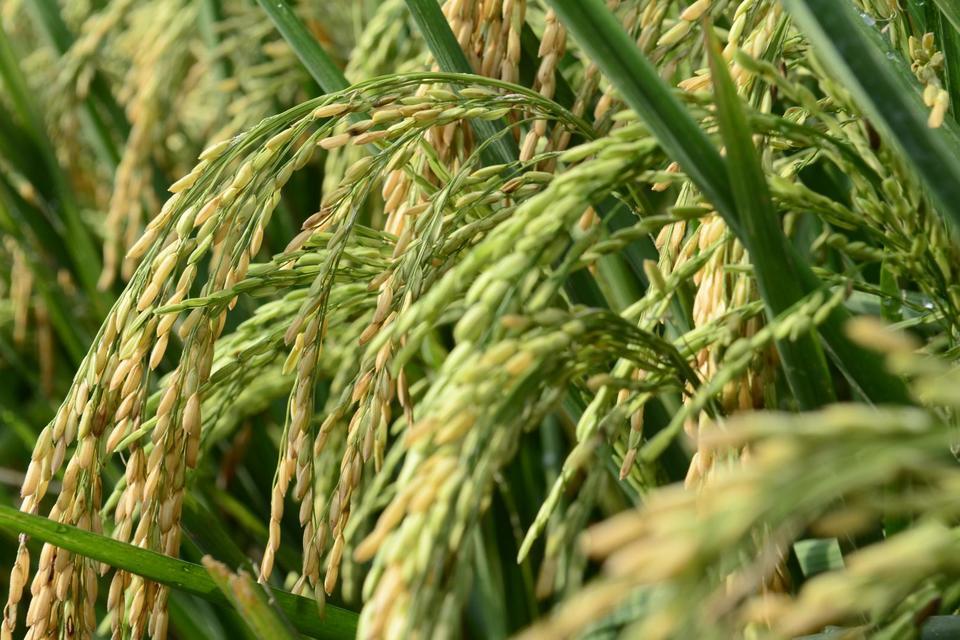
The Rice Program at the Alliance of Bioversity International and CIAT contributes to food and nutrition security by supporting the production of one of the most widely consumed foods in the world, serving as a primary energy source for billions of people globally. Over the last five decades it has been continuously improving this crop to increase productivity, reduce its environmental impact, and adapt to climate change, which has contributed dignified jobs for the men and women who grow and harvest rice in different parts of the world.

